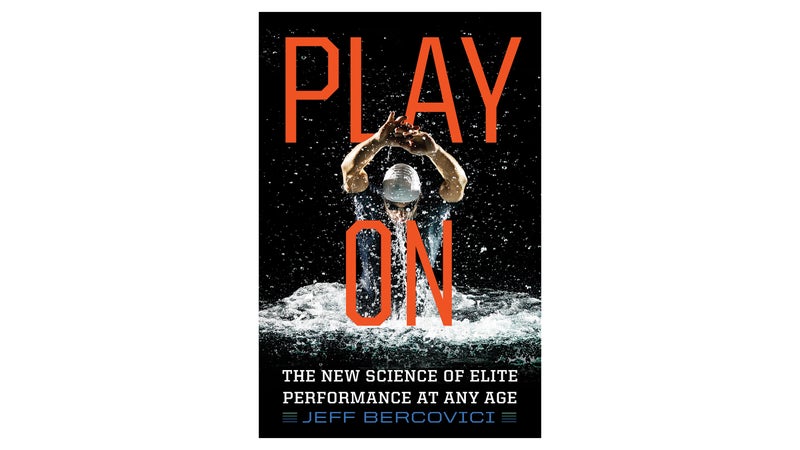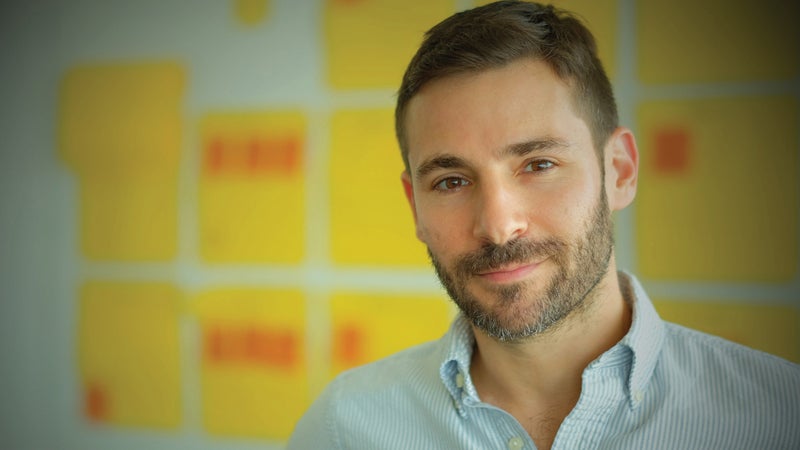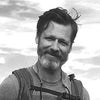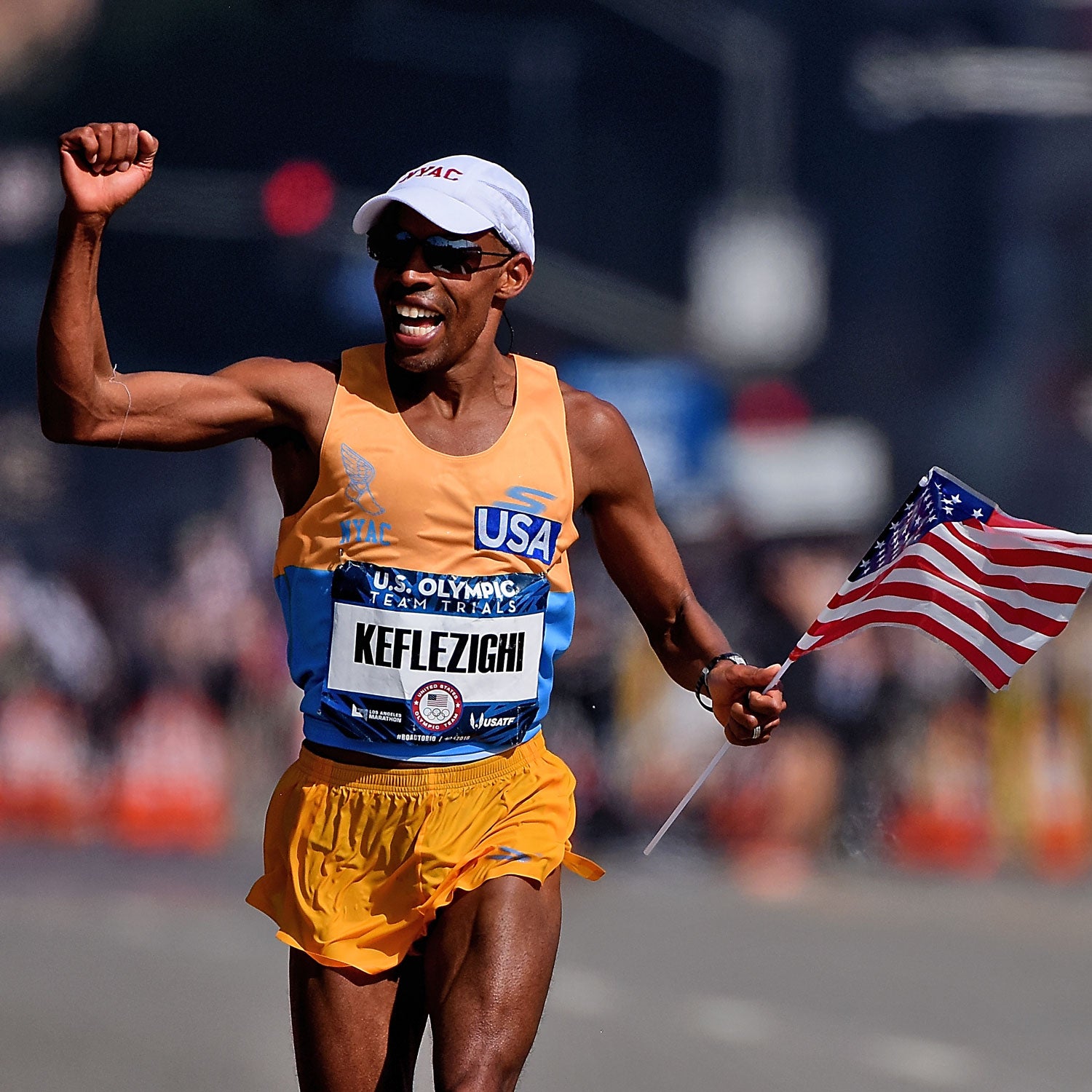When my father turned 40, his friends threw him a funeral-themed birthday party, complete with black balloons, flowers, and one of those cheesy portraits on a tripod.
��
There was a time when turning 40 felt like having one foot in the grave, particularly if you were an athlete. Depending on the sport, athletes before 30. At 40, your best days on the field should be well behind you. But today, aging professional athletes compete—and win—for decades longer than before. Cyclists, swimmers, quarterbacks, and runners are progressing long after they were supposed to hit their athletic peak (see: Tom Brady, age 39 during his last Super Bowl appearance, or runner Meb Keflezighi and mountain biker Catharine Pendrel, 41 and 35, respectively, during the Rio Olympics.)
��
How do these superstars defy the well-established limits of age? And can the average amateur athlete learn anything from them to continue competing into her forties and beyond?

That’s the premise behind , a book that details journalist multiyear journey through the world of elite sports to discover how these aging athletes stay at the top of their games. Bercovici is well-suited to cover the subject: He’s the San Francisco bureau chief for Inc., where he reports on technology and entrepreneurship. He’s also an avid soccer player who dabbles in running, rock climbing, and cycling. Like most folks who would pick up his book, he’s pushing 40 and doesn’t want to give up being a competitive athlete.
“It’s not a matter of outliers,” Bercovici writes in the intro. “In virtually every sport, athletes are sticking around for an extra victory lap or three rather than shuffling off to the metaphorical showers at the first sign of gray.”
It’s a hopeful beginning, particularly when you consider Bercovici spends the next several pages detailing exactly how our body breaks down as we age. Muscle mass decreases, bone density diminishes, lung capacity deteriorates. Even your max heart rate falls.
If there’s an overarching lesson to be learned from Bercovici’s quest, it’s that no single technical innovation, fitness trend, or superfood can halt age-related deterioration.
The good news? Bercovici argues that most of these declines can be delayed or even reversed through regular intense exercise, and he points to research showing that some professional athletes actually live longer on average than the rest of us. For instance, Tour de France cyclists have an average life span that’s eight years longer than that of mere mortals. Studies show that elite athletes in their fifties and sixties often have a decades-younger “biological age,” determined by how well their body functions.
Bercovici theorizes that aging elite athletes know something the rest of us don’t and use tools most of us haven’t heard of yet, like brain-stimulating headsets that enhance motor skills or DNA testing to predict injuries. A study cited in the book found a 17-year lag between the pioneering of a medical innovation and the introduction of that innovation to the general population. “Peering into the world of elite athletes is literally a glimpse into the future the rest of us will soon be living in,” Bercovici writes. He meets established research and fringe science with equal parts skepticism and fascination but generally withholds judgment of each practice until the end of the book.

Aside from a deep dive into genetic testing (there’s no way to write about DNA sequences that doesn’t cause narcolepsy in the layperson), it’s a fast and fun read that has Bercovici bouncing from anti-aging clinics to elite training camps to jujitsu studios on his quest for athletic longevity. He runs at high elevation with Meb, works the VersaClimber—a vertical “treadmill” that has athletes climbing with their hands and feet—next to Colin Kaepernick at a training center in Arizona, and details how some sports scientists are sending pulses of mild electric currents into the brain to enhance cognitive speed.
But the book doesn’t just focus on high-tech innovation. For example, the tool Peyton Manning used to prolong his career and win one last championship was a four-by-four plank turned balance drill. In fact, if there’s an overarching lesson to be learned through Bercovici’s quest, it’s that no single technical innovation, fitness trend, or superfood can halt age-related deterioration. This revelation is probably disappointing for any aging athlete who picks up the book hoping it will give her an edge on Strava. In fact, throughout the majority of Play On, Bercovici resists giving the reader any actionable advice. There are no prescriptions or meal plans. And let’s be honest, a “do this, not that; eat this, not that” rundown is probably what most of us are after.
Instead, Bercovici addresses our desire for a silver bullet in a chapter called “Careful What You Swallow,” which looks at the bizarre practices some athletes undertake to stay in the game a bit longer. Athletes’ dietary habits read like lists of superstitions: A pro basketball player swears by the health benefits of soaking in hot red wine; an NFL linebacker eats nothing but beef and pinto beans for days before big games; a certain vampire-like tech giant swears by young blood.
Instead of a cure-all, the book operates under a more holistic notion that working harder while working smarter is the key to longevity in sports. When FIFA named Carli Lloyd, at age 33, the world’s best soccer player, she was doing 400 pushups and 800 situps a day. But she also trained herself to run slower during games to conserve energy. Similarly, you can trace the prolonged success of athletes like Roger Federer or Tom Brady back to their work ethic and willingness to adapt as they age.
Sounds frustrating, right? It is. But don’t fret, if you’re really looking for some prescriptive advice, the epilogue offers a handful of cutting-edge fitness theories and practices that Bercovici himself has adopted after years of research. And it’s stuff that you can actually practice at home without dropping $20,000 on a cryogenic tank. I won’t spoil Bercovici’s advice here (it does involve eating more Jell-O), but I will say that the payoff is worth the wait. Just remember that the latest fitness innovations are nothing without a foundation of hard work.


